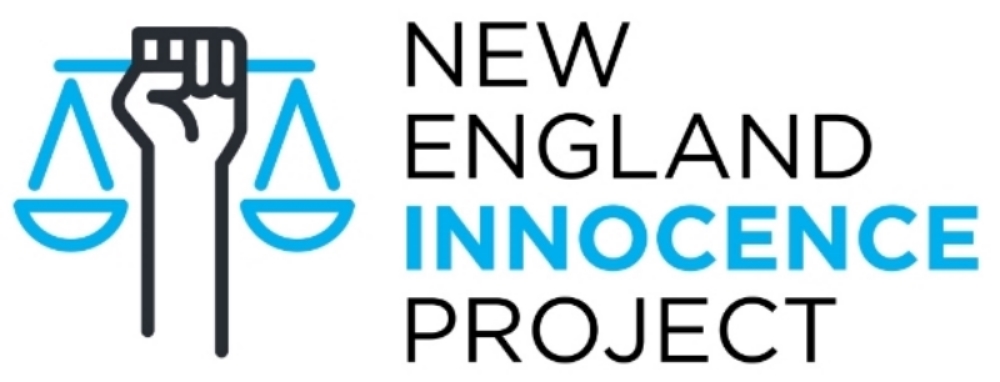August 24th, 2011
For the first time since 1977, the Supreme Court will re-visit the issue of eyewitness identification this November in the case of Perry v. New Hampshire. Barion Perry was convicted of theft and while two eyewitnesses placed him in the parking lot where the theft occurred, neither saw him actually commit the act. He admits to being at the scene and holding the stolen property, but claims he found it on the ground. Commentators suspect that the judges will issue a ruling “about which kinds of eyewitness identifications warrant a closer look from judges — just those made after the police used improperly suggestive procedures or all problematic ones?” This ruling will not address the broader conflict between the due process clause of the Constitution, which requires unreliable eyewitness identification evidence to be excluded, and the current instructions given to judges to use a two-step analysis, which allows them to look at other issues and almost always results in the eyewitness evidence being shown to the jury.
There has been extensive research since 1977 about eyewitness identification and the fallibility of human memory. Over 2,000 studies published in professional journals in that time show that memory does not function as a videotape and is fragile and subject to contamination. Furthermore, eyewitness testimony is very powerful in convincing a jury of a suspect’s guilt. Eyewitness identification has played a role in 75% of wrongful conviction cases according to Brandon Garrett who researched the first 250 DNA exonerations in his new book, “Convicting the Innocent.” These studies show that the time is ripe to re-assess the role of eyewitness identification in the courtroom.
Read a NYT article about the issue here.
